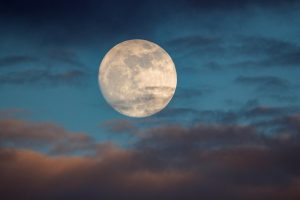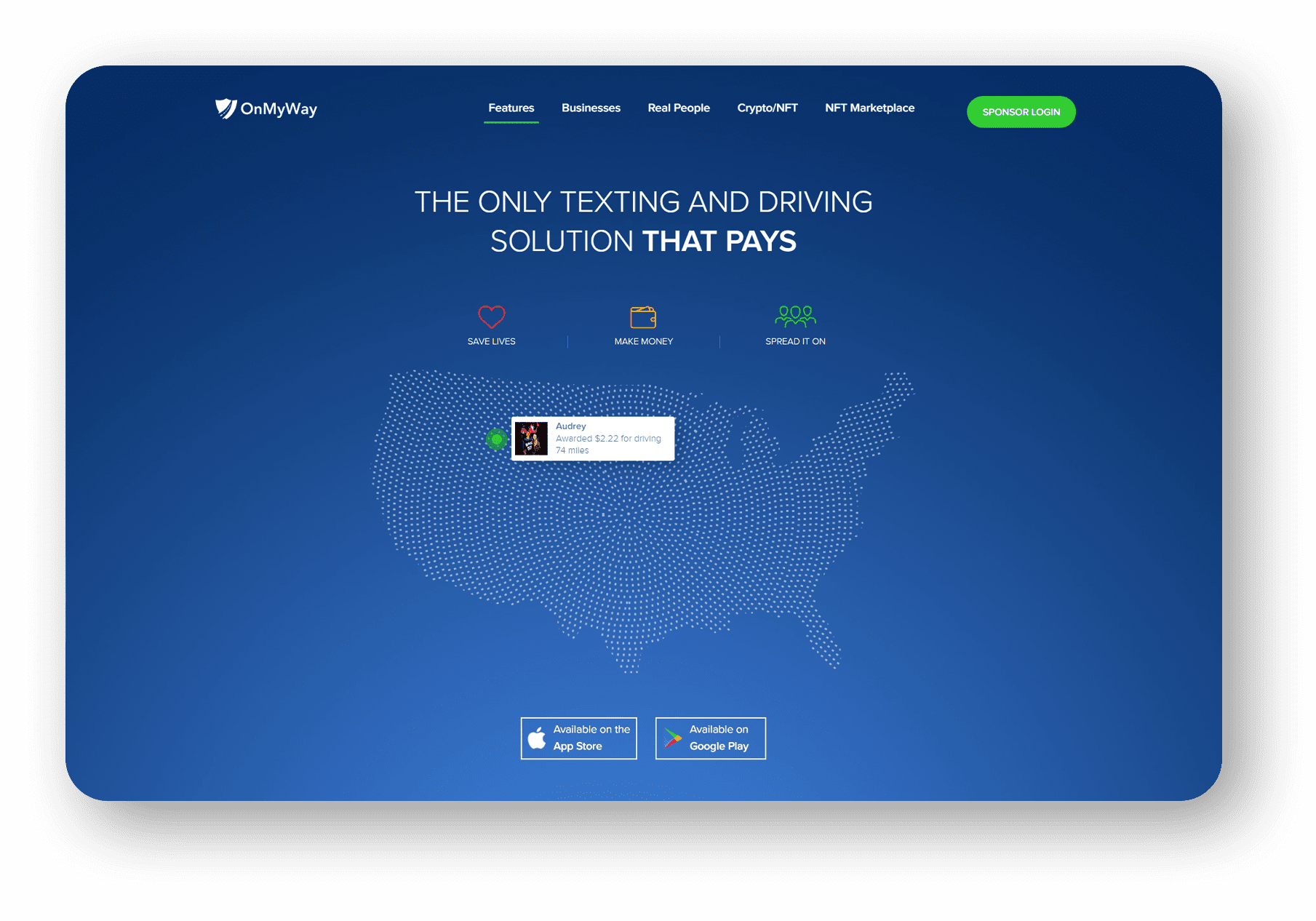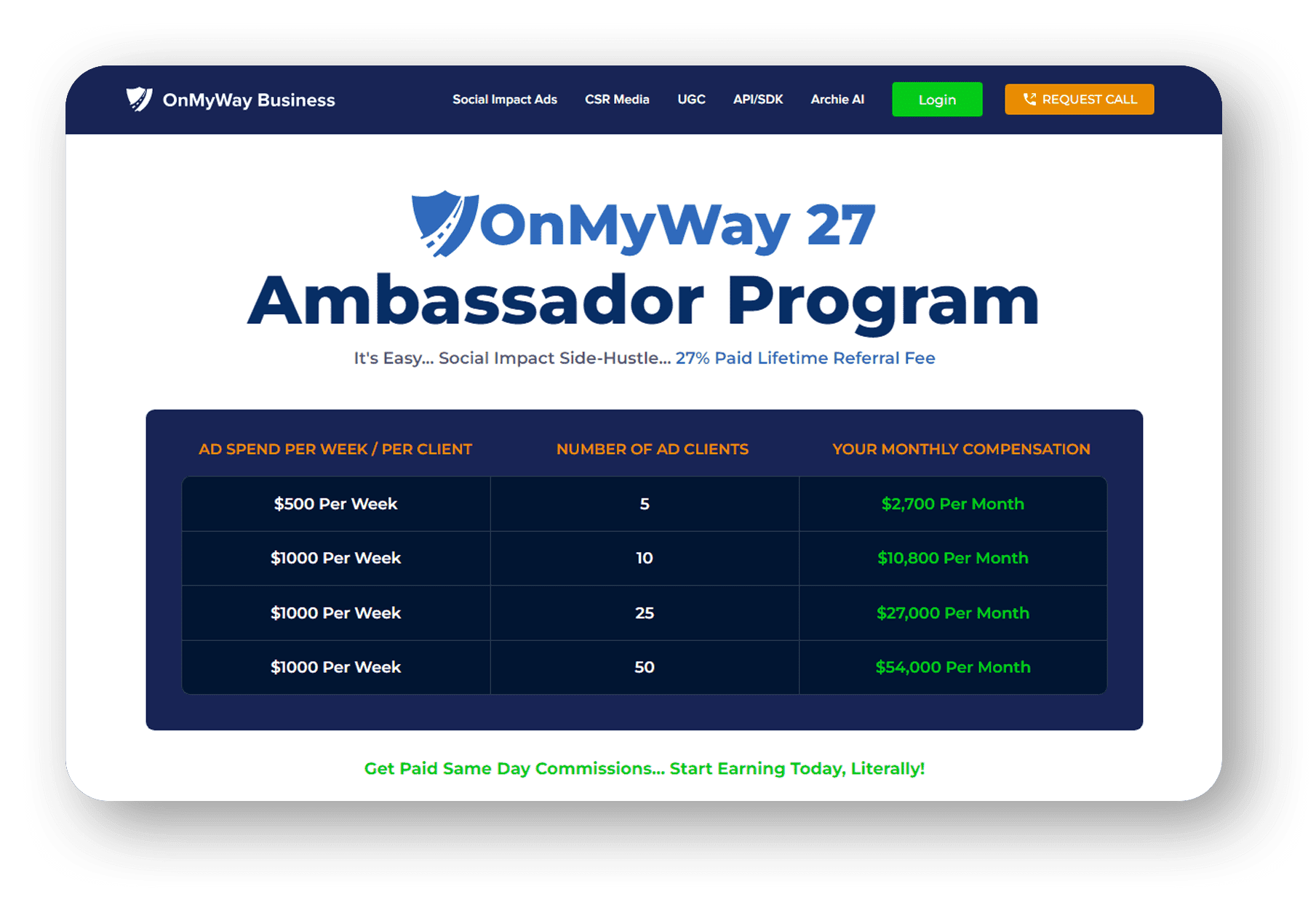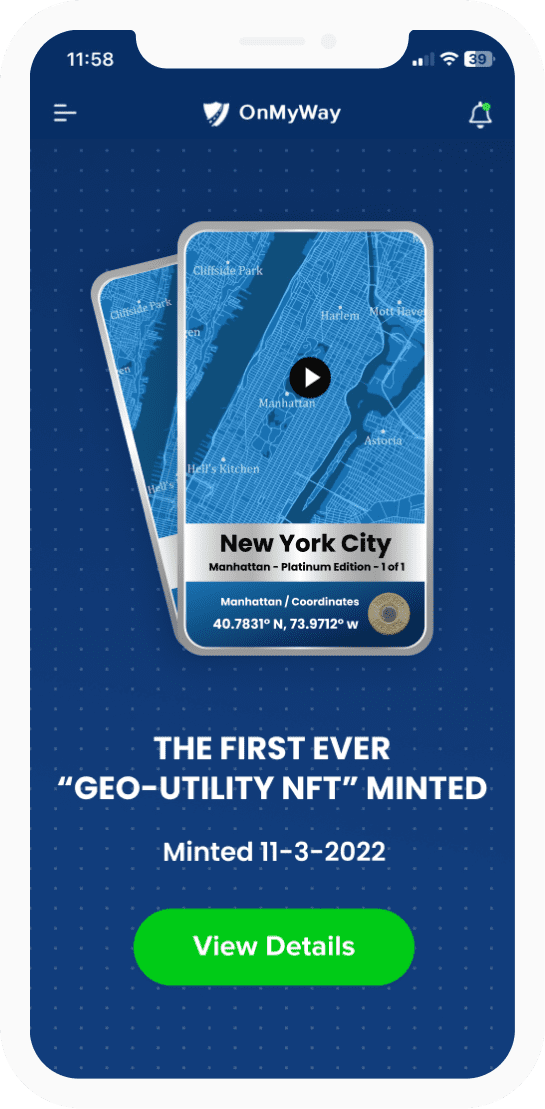
The July full moon, commonly nicknamed the “buck moon” and also known as the “thunder moon,” will be shining in the night sky this weekend. It will be completely full Friday night and Saturday night.
Our long string of supermoons is coming to an end, but the night sky will still be lighting up this weekend as the full July “buck moon” arrives. And some experts say the moon might give off a reddish-orange glow if smoke from the western wildfires continues to drift across the sky.
Here are a few things to know about the July full moon, when to see it and where the nickname originated.
The second full moon of the summer season will officially reach its fullest phase at 10:36 p.m. on Friday, July 23, but it will also look 100% full Saturday night, July 24, and 97% full Sunday night, July 25.
The moon will start rising in the east-southeastern sky over Newark at 8:33 p.m. Friday, 9:17 p.m. on Saturday and 9:52 p.m. p.m Sunday, according to TimeAndDate.com.
The July moon was tinted pink shortly after sunset, as seen in Little Egg Harbor Township in Ocean County, New Jersey, on Tuesday, July 20, 2021.
On Tuesday night, the moon was 83% full but it gave off a reddish-orange tint in some areas of New Jersey and New York — and some saw a pinkish color — thanks to smoke and tiny particles that drifted in the upper atmosphere from massive wildfires in the western U.S. and Canada all the way to the eastern U.S.
Weather forecasters believe most of the smoke will be pushed away from the Garden State region by Friday, but it’s possible some smoke could linger. So some say there is a chance Friday night’s full moon could look more red or orange than white.
The Native American Algonquin tribes in what is now the eastern region of the United States nicknamed this full moon the “buck moon,” according to NASA and the Old Farmer’s Almanac, because this time of year is when the new antlers of male deer — bucks — are in their full growth phase.
The Old Farmer’s Almanac and its rival publication, the Farmers’ Almanac, say the July moon is also called the “thunder moon,” because of the frequency of thunderstorms that hit during this hot month. It has also been called the “hay moon.”
Other Native American tribes nicknamed this moon the following, translated directly into English.
- “Ripe corn moon” – Cherokee tribe
- “Middle of summer moon” – Ponca tribe
- “Moon when limbs of trees are broken by fruit” – Zuni tribe
After the July full moon finishes its lunar cycle, the next full moon will be glowing in the sky on Sunday, Aug. 22.
The August full moon will be considered a seasonal blue moon — which is the third of four full moons appearing during the same season. In this case, it will be the third full moon of summer, with the fourth one coming on Sept. 20.
Autumn officially arrives in the northern hemisphere this year on Sept. 22.
The August full moon is commonly known as the full “sturgeon moon,” as Native American tribes had learned that the sturgeon fish found in the Great Lakes and Lake Champlain was easiest to catch at this time.
Don’t forget to look for the Perseids — known as one of the best meteor showers of the year. This shower started with sporadic shooting stars on July 17 but it won’t peak until the second week of August, according to the American Meteor Society.
The best view of the Perseids should come on the night of Aug. 11 into the early morning hours of Aug. 12, when the moon will be only 13% full. The American Meteor Society says people in dark rural areas, away from the glow of city lights, usually could see as many as 60 to 75 meteors per hour during the peak period.
When to see the 12 full moons in 2021
Here are the dates and times of each full moon appearing in 2021, along with the most popular nicknames. The times listed here are in the Eastern time zone in the United States.
| DATE | TIME | NICKNAME | SPECIAL EVENT |
| Jan. 28 | 2:16 p.m. | wolf moon | |
| Feb. 27 | 3:17 a.m. | snow moon | |
| March 28 | 2:48 p.m. | worm moon | |
| April 26 | 11:31 p.m. | pink moon | supermoon |
| May 26 | 7:13 a.m. | flower moon | supermoon / total lunar eclipse |
| June 24 | 2:39 p.m. | strawberry moon | supermoon |
| July 23 | 10:36 p.m. | buck moon / thunder moon | |
| Aug. 22 | 8:01 a.m. | sturgeon moon | seasonal blue moon |
| Sept. 20 | 7:54 p.m. | harvest moon / corn moon | |
| Oct. 20 | 10:56 a.m. | hunter’s moon | |
| Nov. 19 | 3:57 a.m. | beaver moon / frost moon | partial lunar eclipse |
| Dec. 18 | 11:35 p.m. | cold moon |
OVERVIEW
OnMyWay Is The #1 Distracted Driving Mobile App In The Nation!
OnMyWay, based in Charleston, SC, The Only Mobile App That Pays its Users Not to Text and Drive.
The #1 cause of death among young adults ages 16-27 is Car Accidents, with the majority related to Distracted Driving.
OnMyWay’s mission is to reverse this epidemic through positive rewards. Users get paid for every mile they do not text and drive and can refer their friends to get compensated for them as well.
The money earned can then be used for Cash Cards, Gift Cards, Travel Deals and Much, Much More….
The company also makes it a point to let users know that OnMyWay does NOT sell users data and only tracks them for purposes of providing a better experience while using the app.
The OnMyWay app is free to download and is currently available on both the App Store for iPhones and Google Play for Android @ OnMyWay; Drive Safe, Get Paid.
Download App Now – https://r.onmyway.com
Sponsors and advertisers can contact the company directly through their website @ www.onmyway.com.













